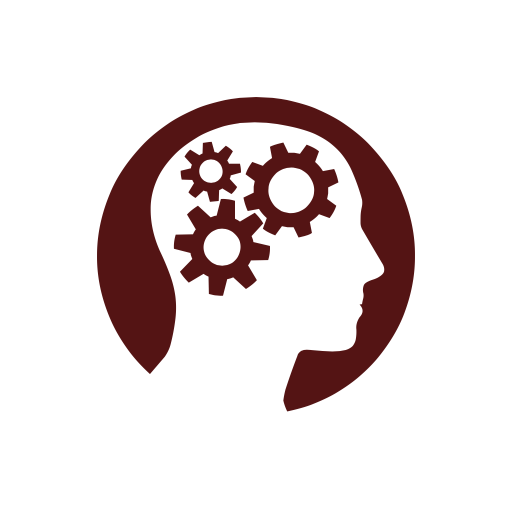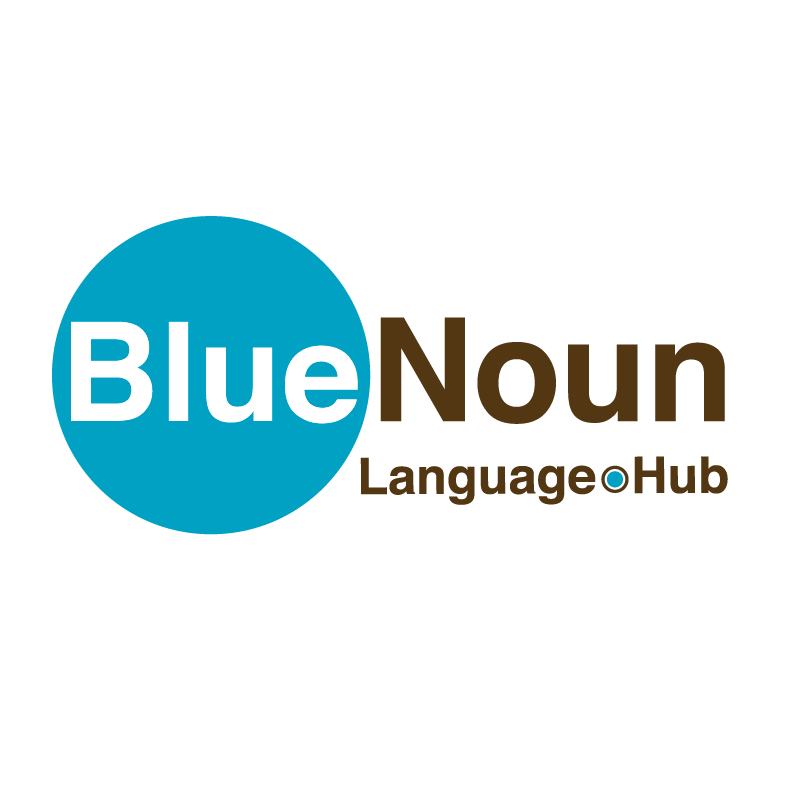An English Excursion to Scone Palace
Today is Scotland’s national day: Saint Andrews Day!
To celebrate I’ll be sharing images from a recent visit to Scone Palace in Perthshire.
Scone Palace as it’s the site of Scottish coronations and long-time home to one particular stone, which is said to hold the right for a true monarch to reign over Scotland: The legendary Stone of Destiny.
Scone Palace is one of our language school English immersion excursions.
Join us for a holiday, and you’ll be practising English while exploring this amazing historic site.
Really, these gardens could be your classroom!
Read on for what a taste of a Blue Noun Language Hub visit to Scone Palace feel like.
There’s also a practice English exercise to get you talking!

Who Was St. Andrews?
But first, as it is St. Andrews Day, an introduction to why Saint Andrew is our patron saint.
“Having Saint Andrew as Scotland’s patron saint gave the country several advantages: because he was the brother of Saint Peter, founder of the Church, the Scots were able to appeal to the Pope in 1320 (The Declaration of Arbroath) for protection against the attempts of English kings to conquer the Scots.”
Scotland.org

The Town of Scone
The town of Scone is the ancient crowning-place of Scottish Kings and its abbey was home to the Stone of Destiny, before the stone’s theft in the 13th century.
The ‘Stone of Scone’
About Scotland’s Stone of Destiny & the Scottish Independence Movement.
We like to share a bit of contemporary Scottish politics with our language learners, who often arrive thinking Scotland is a part of England.
Scotland is currently part of the United Kingdom, but we have a devolved government. About 50% of the population wishes for Scotland to be an independent country.
No matter what your opinion of an independent Scotland in the future, the past history of Scotland included terrible repression. Its people were persecuted and displacement by English monarchs and governments. (And by certain Scottish nobility and landowners).
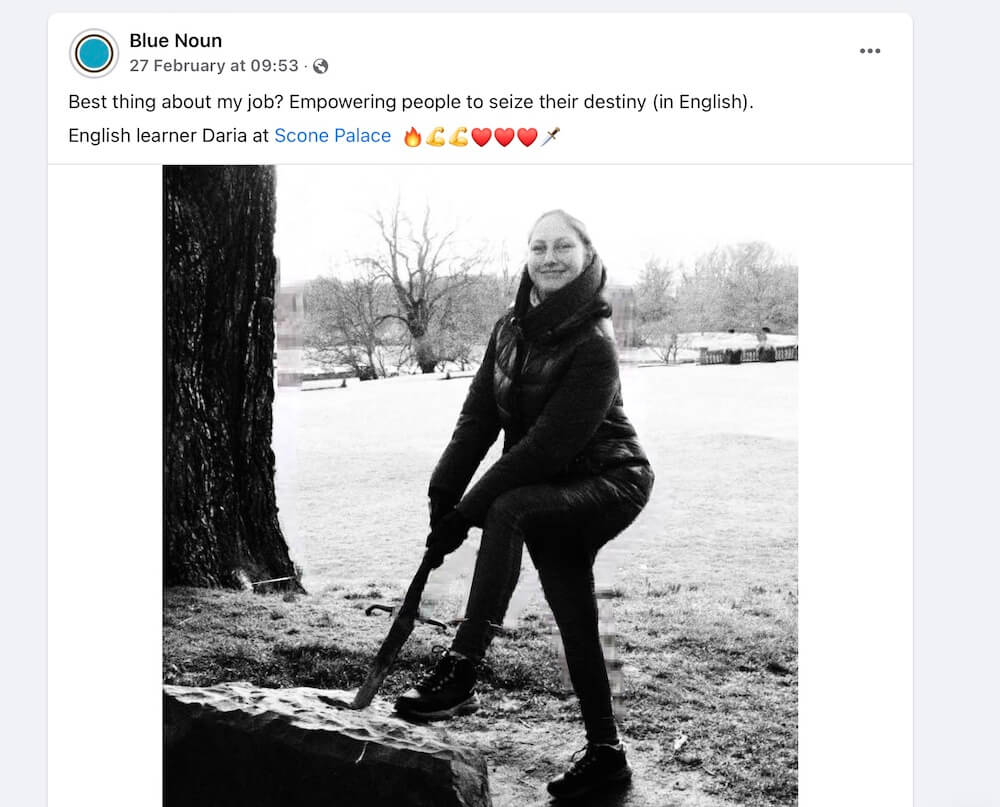
The Stealing of the Stone
Student Action
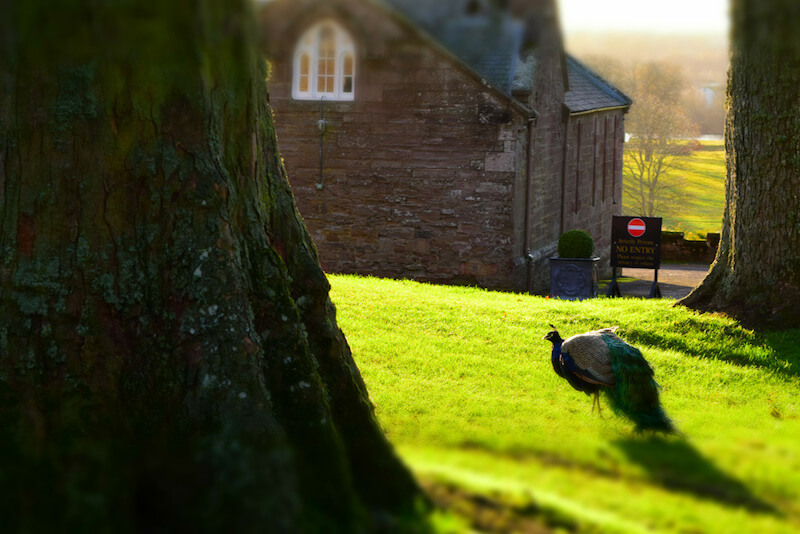
Is All This True?
A Scottish Mystery
The questions seem to be, does any living person know where the original stone is?
Does any book or map tell this?
Take a Tour Around the Grounds of Scone Palace




‘Land of the Picts’
Fifteen hundred years ago this land was the capital of the Picts.

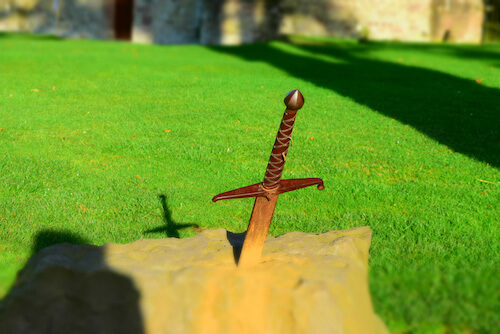
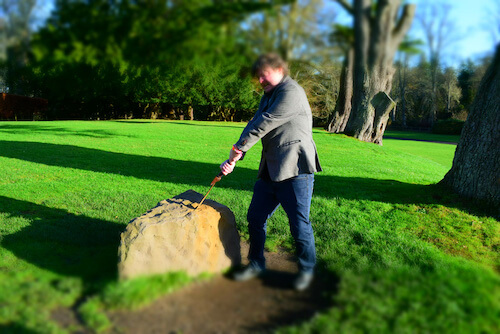
Learn English Exploring Scotland
We quite often take language learners with us on our English language immersion programme to Scone Palace.
The grounds are a fantastic family & tourist visit, with an ancient graveyard and Pictish monument, Highland cows and Kitchen Garden.
Be AMAZED!
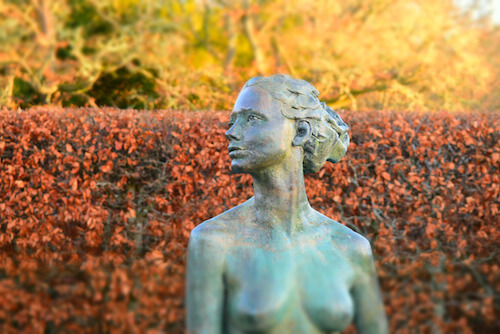
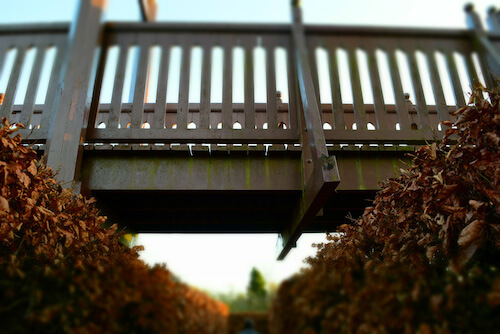

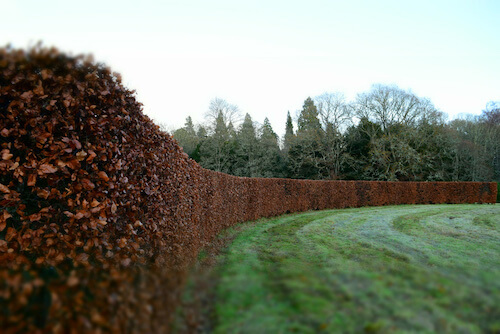
And Happy Saint Andrew’s Day to the world!
Did you know this feast day is also celebrated as a national holiday in Romania (hello Romania!) and that Saint Andrew is also the Patron Saint of Cyprus, Greece, Russia, Ukraine, San Andres Island (Columbia) and Tenerife.
Enjoy your celebrations, wherever you are!
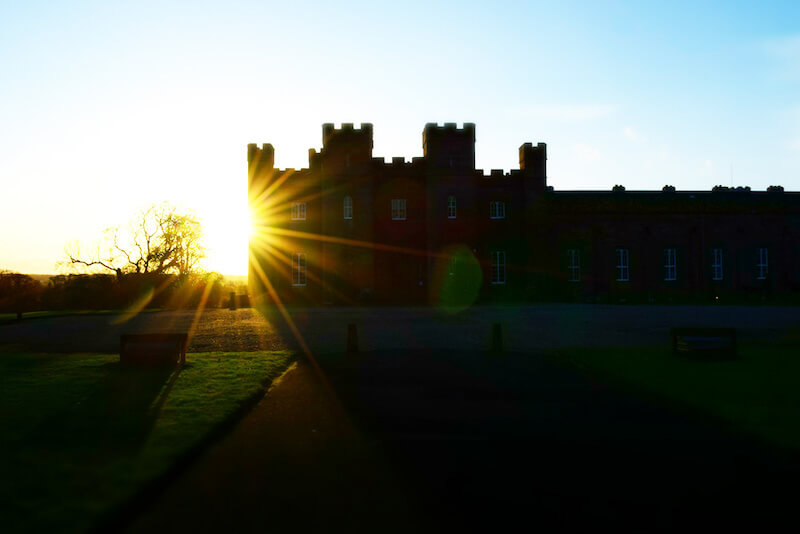
Culture-Led English Learning for Internationals
We hope you’ve enjoyed our visit to this beautiful historical palace and grounds.
Our region, Perthshire is full of such treasures. You can enjoy many magnificent sights on an English language holiday with us.
About Our Blog
We cover a broad range of topics in our language school blogs – some a lighthearted look at Scotland, others an in-depth look at art and culture. There’s something for everyone.
If you’ve liked this Scottish history blog, you might want to read another :
Our Language School Burns Night | Three Craws & a Wistful Dram
Blue Noun English Language Challenge
Your Blue Noun English Language Challenge is:
Tell us about an object invested with cultural meaning.
In a way that is the definition of most art objects!
Pick something which was not made as an artwork (in a contemporary sense); but which is important to your culture (or nation) for its cultural, political or religious symbolism.
Tell us about it in the comments below. Write as much as you like, and if you would like us to check & correct your English, write CP (correct please) at the end.
Live language learning!
